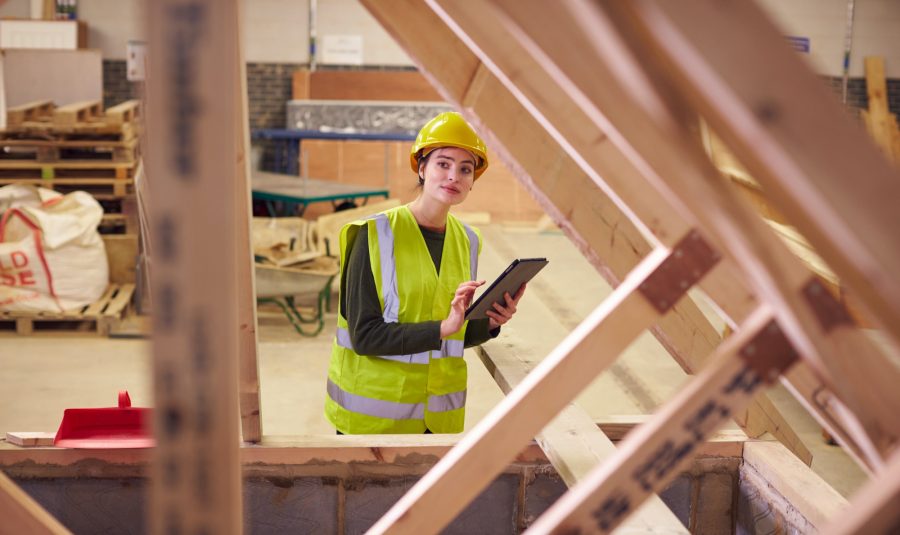
By now, you’ve probably heard the term personal protective equipment or PPE. It’s been on the news, in articles, and on shelves across America. Still, there wasn’t much discussion about PPE made for women until recently. Unlike what many people assume, personal protective equipment is not just masks and gloves.
PPE covers a broad range of equipment for personal safety in many different situations and is often dominated by items made for men. The truth is, men and women have a few things in common, but our builds are different, and so are our needs.
From shoes to coveralls, eyewear to face wear, and in some cases even hard hats, women are more likely to actually alter the items so that they fit instead of being able to purchase items made for them.
The problem here is that much of this equipment is designed to be safe when worn snuggly and in the original condition. Altering these items alters their very ability to provide the protection they tout. For instance, face masks meant to protect from chemicals o r particles in the air on the job site are often punctured and restrung to keep them from falling off. Men’s boots are worn by women wearing extra socks so that the width doesn’t impact their ability to walk. Coveralls are folded and taped so that they don ’t become a hazard on site. This is a serious issue, and it’s not going anywhere without help.
Thankfully, some changes have been made, and more women are getting a chance to use PPE proportional to their needs. Still, in male-dominated industries, some PPE, especially the disposable kind, is supplied to the workers in what is considered a unisex fit (and it isn’t). That means workers have to purchase their own so that they can do their jobs comfortably and properly. What can be done?
Experts suggest advocating for women’s safety and alerting a supervisor to ill-fitting PPE. They also suggest simply starting a conversation. The more people talk about this issue, the more likely something will be done. More women are entering the workforce every day, and t here is no reason they should be wearing men’s hard hats and masks when they work just as hard, if not harder, on some days. So, the next time you see an issue or have a problem, speak up. You aren’t the only one struggling! If possible, consider talking w ith your employer about using a supplier that offers better fitting options for everyone on the job site.
Above all, never alter your PPE for a proper fit unless it’s adjustable. As for items typically purchased on your own dime, such as safety goggles, boots, and high vis clothing, check and see which companies charge more for a woman’s version. You shouldn’t pay a pink tax on safety. Support businesses that keep these items equal, so that future generations don’t struggle as we are now. Every bit helps.
